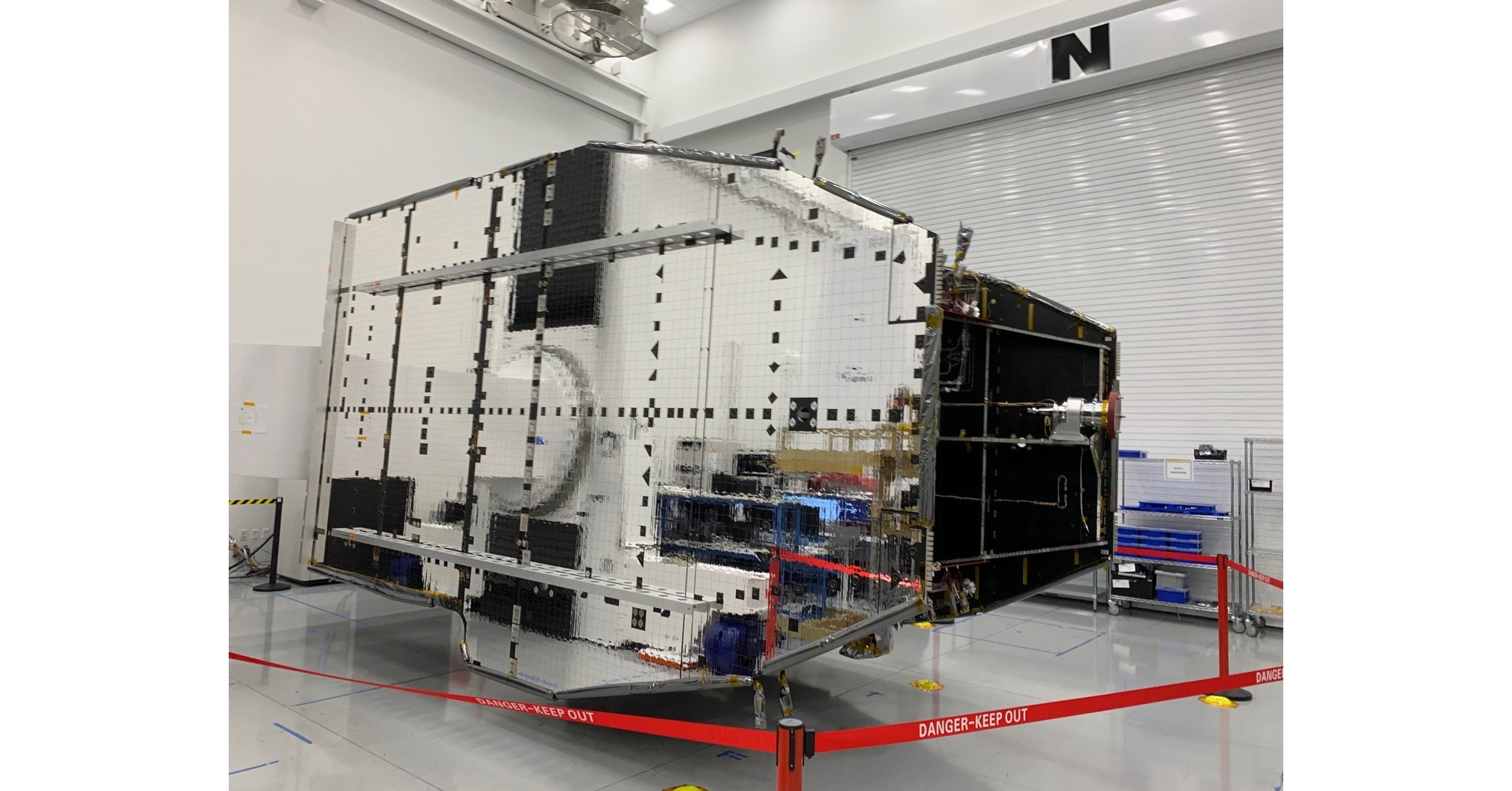Satellite Communications Payload Engineering: Advanced Microwave Components and Devices for Power Amplifiers, Frequency Generation, Filters, Antennas, and Transponders

About Course
As we expand our reach beyond Earth, satellite communications become the invisible threads that connect global systems—from defense and weather forecasting to navigation and broadband connectivity. At the heart of these sophisticated networks are satellite payloads powered by high-performance microwave components and devices. This advanced course takes you on a deep dive into the specialized engineering behind power amplifiers, frequency generation circuits, filters, antennas, and transponders used in spaceborne communication systems.
You’ll explore the science and engineering that ensures these components survive the harsh conditions of space while delivering exceptional performance and reliability. By understanding how these elements work in harmony, you’ll gain insights into how modern satellites maintain stable communications, handle frequency constraints, optimize signal clarity, and support mission-critical tasks. Whether you’re an aspiring satellite systems engineer or a seasoned RF professional seeking to expand your knowledge, this course will sharpen your expertise in the technologies shaping the future of global space communication infrastructure.
Course Content
Introduction
Overview of satellite communication payloads and their importance
00:00Role of microwave components and devices in satellite payloads
00:00